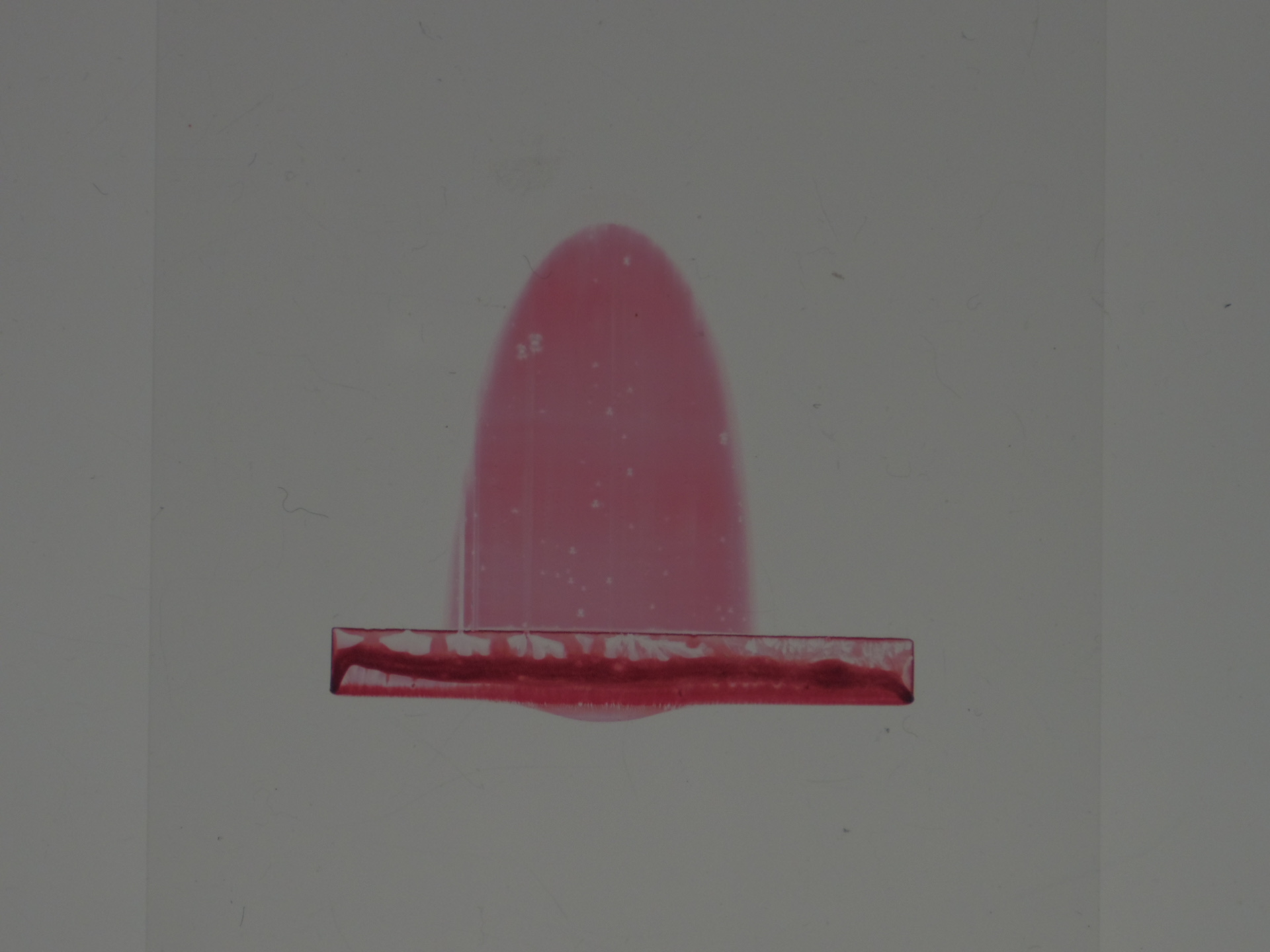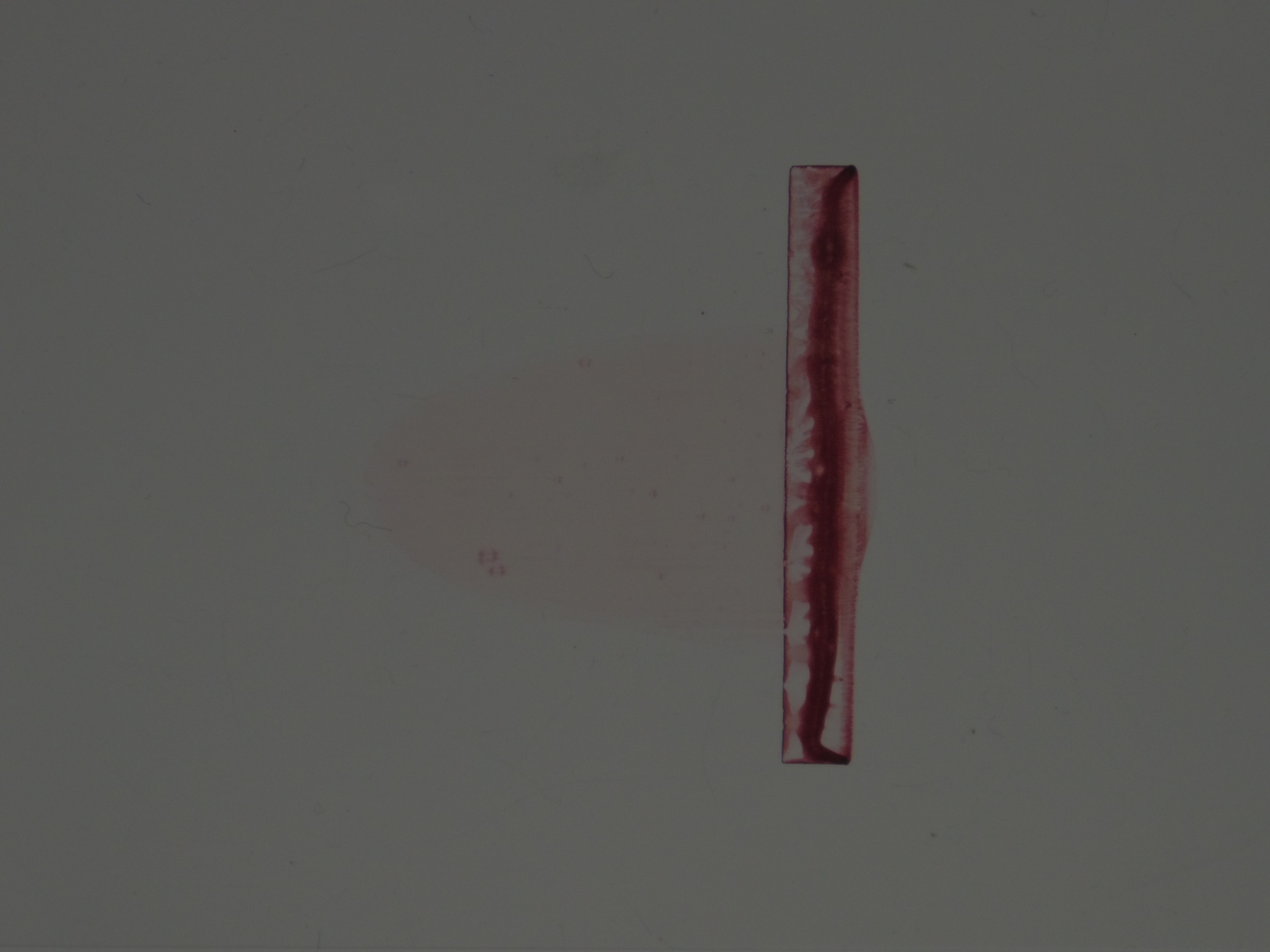The Takahashi laboratory is divided into two groups of wind group and Leo group according to the nature of the fluid. Each group is divided according to the research subject.
- Wind Team : Research on fluid related vibration for Newtonian fluid such as water and air.
- Rheology Team : Research on rheology (complex fluid) for non-Newtonian fluid such as surfactant, liquid crystal, polymer solution.
Rheology Team Liquidcrystal Group
Elucidation of the mechanism of polarization film formation by application of liquid crystalline dye
The polarizing plate is used for not only the liquid crystal display but also polarization sunglasses and 3D glasses. A polarization film formation technique has the polymeric film extension type and the application of the chromonic liquid crystals. The polymeric film extension type is common. However, a complicated process is necessary for polarization film molding and a process to adhere to the glass substrate of the liquid crystal display is necessary.Therefore, it becomes high cost because not only the production of the film but also the technique of adhesive and the adhesion process is necessary. The application of the chromonic liquid crystals only applies a chromonic liquid crystals to the glass substrate of the liquid crystal display directly, and a display is completed. Therefore it is simple and easy, it is low-cost and upsizing is possible. However the orientation process during application is still unknown in detail.
Some of chromonic dye forms a rod like aggregation in aqueous solution and becomes liquid crystal with a certain condition related to concentration of the solution and temperature. When the chromonic liquid crystal dye is applied to a plane glass substrate by applicator, the rod-like aggregates are oriented to one direction in the thin liquid film by flow-induced orientation. They keep the orientation state after drying and the dried thin film exhibits an optical anisotropy as birefringence and dichroism. The orientation mechanism of the aggregates during application and drying, however, is still unknown in detail. In this study, we investigated the orientation mechanism of chromonic liquid crystal dye using the polarization analysis and polarizing microscope observation with the high-speed camera

Fig. 1 Apparatus for coating liquid crystal mesh

Fig. 2 Liquid crystal spot polarizing film1

Fig. 3 Liquid crystal spot polarizing film2
